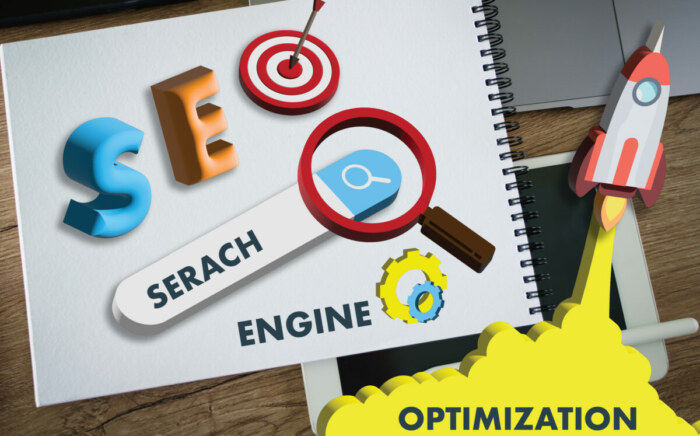Every website owner and SEO professional is always on the lookout for ways to improve their site’s ranking and user experience. And with Google’s ever-evolving algorithms, staying updated is crucial. One such update that has caught the attention of many is Google’s Core Web Vitals. So, what’s the buzz all about?
Introduction to Google’s Core Web Vitals
Imagine walking into a store with a broken door, dim lighting, and messy shelves. You’d probably leave, right? In the digital realm, Google’s Core Web Vitals work similarly. They measure the “first impression” and overall experience users get when they visit your website. These metrics primarily focus on the loading, interactivity, and visual stability of a page.
The Importance of Core Web Vitals
User Experience and SEO
Ever wondered why your website isn’t ranking well even though you’ve implemented every known SEO strategy? User experience could be the culprit. A website that provides an optimal user experience is more likely to retain visitors. And as Google continues to prioritize user experience, it has become intertwined with SEO.
The Mobile-First Index
With a significant portion of users accessing websites via mobile devices, Google has adopted a mobile-first indexing approach. This means if your site isn’t optimized for mobile devices, you could be missing out. Core Web Vitals are an integral part of this equation, ensuring your website offers a seamless experience across all devices.
Breaking Down the Core Web Vitals
Largest Contentful Paint (LCP)
Think of LCP as the time it takes for the main content of your page to load. In layman’s terms? It’s like waiting for the main course to arrive at a restaurant. For a good user experience, LCP should occur within the first 2.5 seconds of landing on a page.
First Input Delay (FID)
FID gauges the time between when a user interacts with your page (like clicking a link) and when the browser responds to that interaction. It’s akin to pressing an elevator button and waiting for the doors to open. Ideally, this should be less than 100 milliseconds.
Cumulative Layout Shift (CLS)
Ever been reading an article and suddenly everything shifts, causing you to lose your place? That’s what CLS measures. It’s the unexpected shifting of page elements while the page is still loading. To provide a stellar user experience, websites should maintain a CLS score below 0.1.
How to Optimize for Core Web Vitals
Tools for Measurement and Improvement
Understanding your site’s performance is half the battle. Tools like Google PageSpeed Insights and Chrome User Experience Report can give insights into how your site fares concerning Core Web Vitals.
Common Pitfalls and How to Avoid Them
Watch out for large, unoptimized images or heavy JavaScript that can slow down LCP. Ensure you have click listeners properly set up to improve FID. And to avoid layout shifts, always set size attributes on your images and videos.
The Future of SEO with Core Web Vitals
As Google continues to prioritize user experience, it’s clear that Core Web Vitals will play a pivotal role in SEO. Websites will need to adapt and prioritize these metrics to stay competitive.
Conclusion
Staying ahead in the digital landscape means constantly adapting. As Google shifts its focus towards user experience, understanding and optimizing for Core Web Vitals has become paramount. By focusing on these metrics, not only will your website provide a better user experience, but it will also stand a better chance in the SEO race.
Frequently Asked Questions
- What are Google’s Core Web Vitals?
- They are a set of metrics that measure the user experience on a website, focusing on loading, interactivity, and visual stability.
- Why are Core Web Vitals important for SEO?
- Google considers user experience as a ranking factor. By optimizing for Core Web Vitals, you improve the user experience and potentially boost your SEO.
- How can I check my site’s Core Web Vitals?
- Tools like Google PageSpeed Insights and Chrome User Experience Report can provide insights on your site’s performance concerning these metrics.
- Do Core Web Vitals affect mobile and desktop sites equally?
- Yes, they impact both. However, with Google’s mobile-first indexing, it’s crucial to optimize for mobile devices.
- Will optimizing for Core Web Vitals guarantee a top spot in Google search?
- While important, Core Web Vitals are just one of many ranking factors. However, optimizing them can significantly enhance your site’s user experience and potential search ranking.



